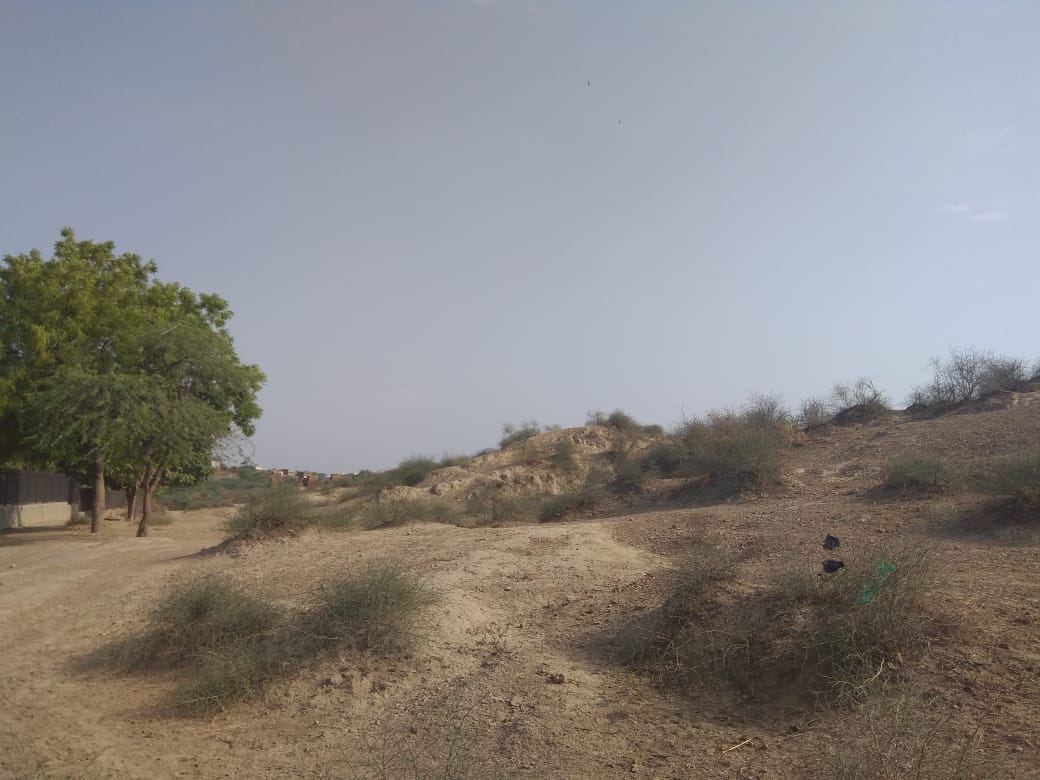Discovering the Secrets of the Indus Valley Civilization: The Importance of Rakhigarhi

Rakhigarhi is an archaeological site located in the Hisar district of the Indian state of Haryana. It is considered one of the most important sites for the study of the Indus Valley Civilization, which flourished in the region from around 3300 to 1300 BCE.
History
Rakhigarhi was first discovered in the 1920s by the archaeologist Daya Ram Sahni, but it wasn’t until the 1960s that excavations began in earnest. The site has since been excavated by a number of teams, and it is considered one of the largest and most important sites of the Indus Valley Civilization.

Significance
Rakhigarhi is considered one of the most important sites for the study of the Indus Valley Civilization due to its size and the wealth of artifacts that have been found there. The site covers an area of around 150 hectares and contains the remains of several large urban settlements, as well as smaller rural settlements.
Artifacts discovered at Rakhigarhi include seals, beads, pottery, and bronze tools, which provide valuable insights into the society and culture of the Indus Valley Civilization. The seals found at the site, in particular, have been of great interest to scholars, as they are believed to contain some of the earliest known examples of writing in the world.
DNA study
In 2018, a team of Indian scientists released a study of the DNA of human remains found at Rakhigarhi, which caused a stir in the archaeological community. The study revealed that the people of Rakhigarhi had genetic ties to present-day South and Central Asia, and that there was a significant amount of genetic continuity between the Indus Valley Civilization and present-day South Asian populations.
Rakhigarhi is one of the most significant archaeological sites in India, offering a wealth of information about the Indus Valley Civilization. The artifacts and human remains found at the site provide valuable insights into the society and culture of this ancient civilization. With the ongoing excavation and DNA study at Rakhigarhi, it is expected that more information will come to light about this fascinating civilization in the near future.





